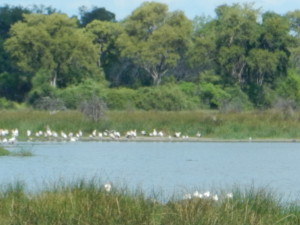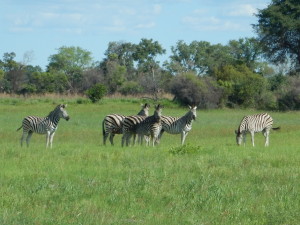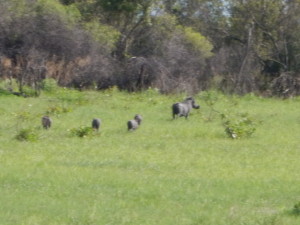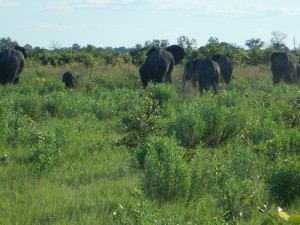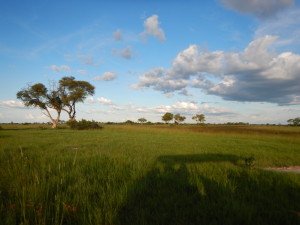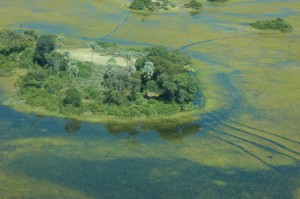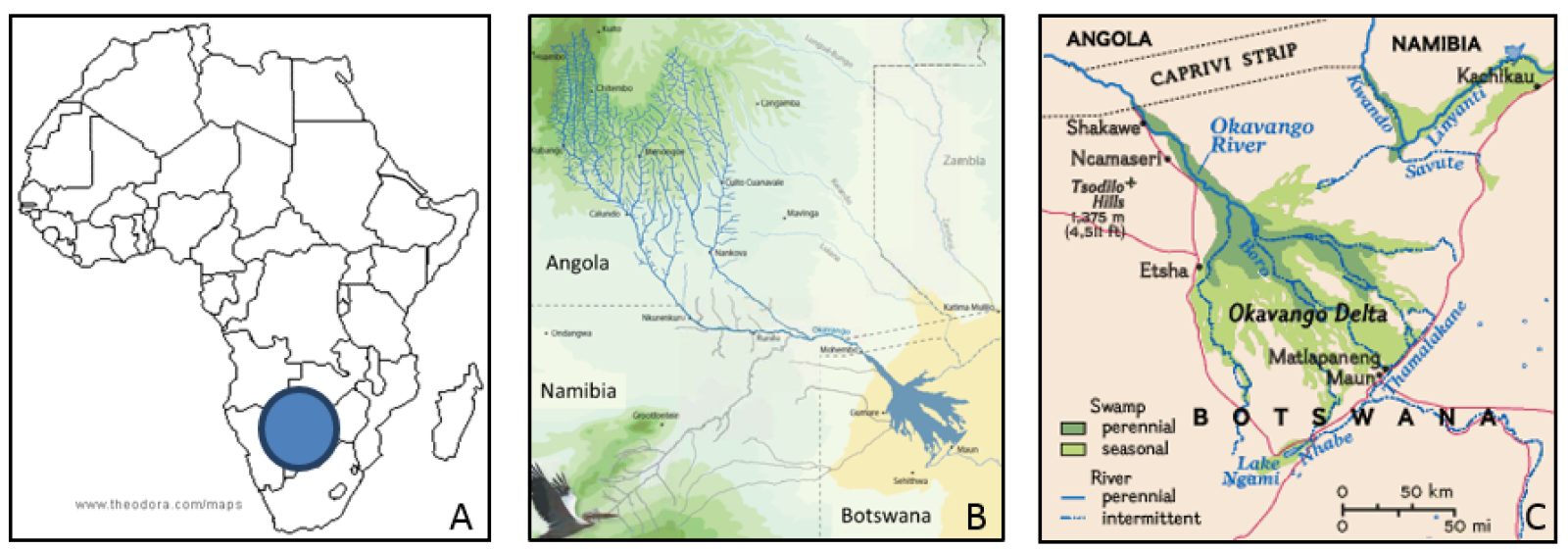I lived in Maun, Botswana for 7 months, from January to July, 2016, to learn as much as I could about the Okavango Delta.
The Okavango is 8000 square miles of inland river and swamp when it is flooded, forming a miraculous and valuable water source for wildlife all over the Kalahari. As the dry season settles on the Kalahari, rain water starts draining from the mountains of Angola. This water collects in a river that runs through southern Angola, across the Caprivi Strip of Namibia, and into the Okavango River of Botswana.
Once in Botswana, the water spreads across the landscape. This is a slow process and it takes 4 months for the water to move from Botswana’s northern border to the town of Maun at the southern edge of the Delta.
The Okavango was named a Ramsar site in 1996 and a World Heritage Site in 2014. This status should protect it somewhat from the growing pressure of human extractive activities that damage the delta.
The Okavango is home to all the iconic African wildlife we picture when we think of Africa. Along with diamonds, tourism is a major economic driver in Botswana. And tourism is dependent on the Delta being healthy and vibrant.
